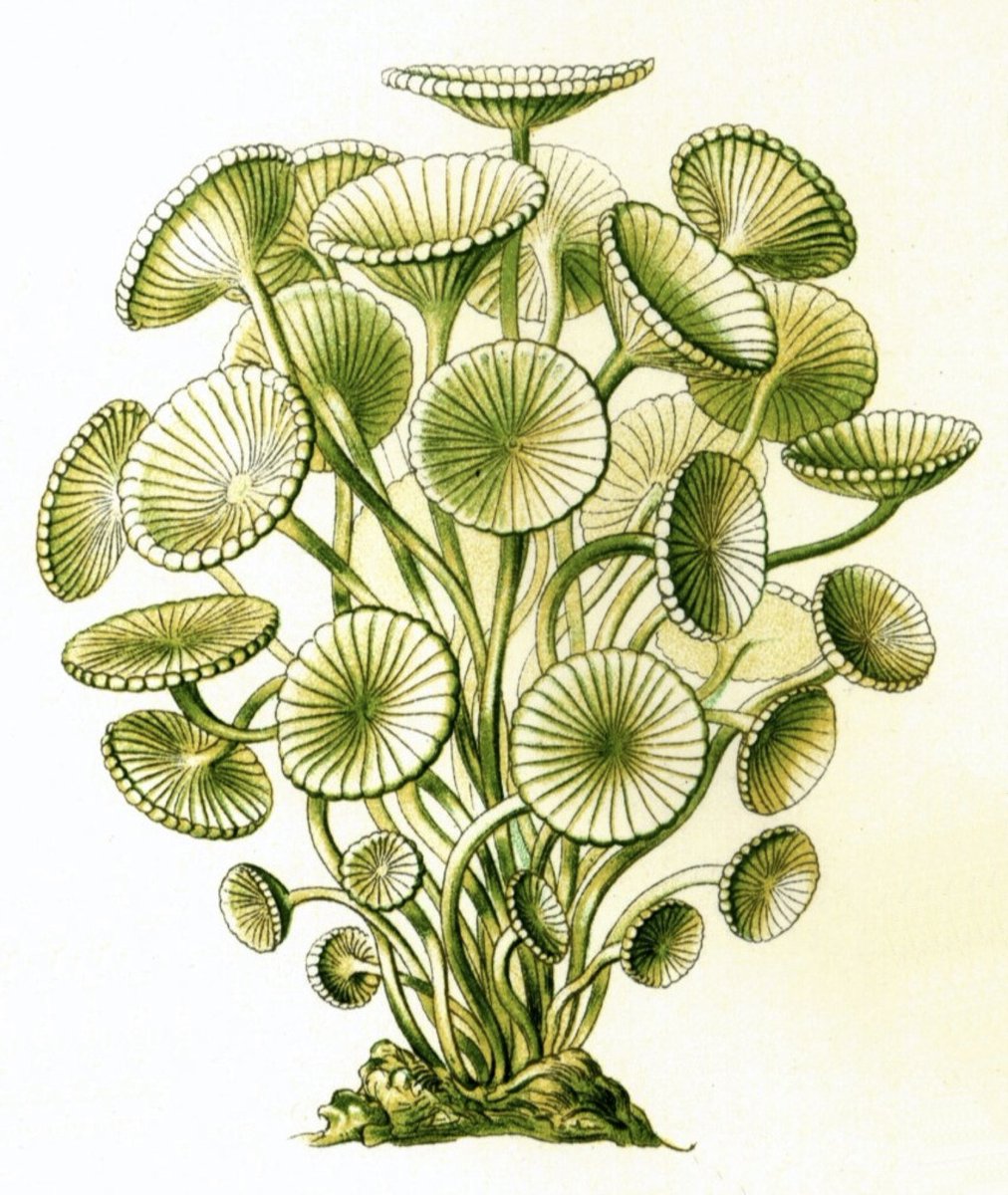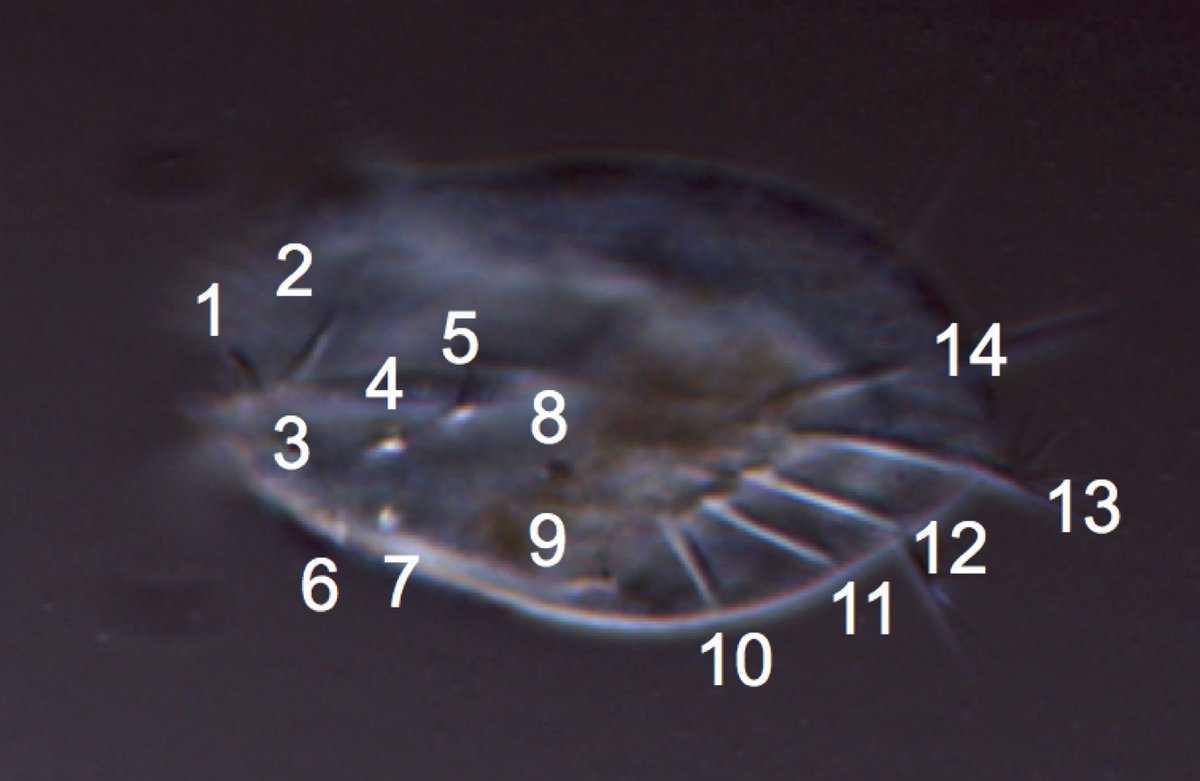
Hello, it's a gorgeous Thursday! Time for a #DBIOTweetorial. A special edition this week — an inaugural *Editweetorial* by your host today, Prof. Bill Bialek @wbialek. #DBIOEditweetorial 

Biological systems are complicated. If we try to make “realistic” models we are led into a forest of parameters. If we are going to have a theoretical physicist’s understanding of life, we have to find principles that cut through this complexity.
Maybe a #DBIOEditweetorial provides just enough space to summarize different strategies in the search for principles. Links are to papers that illustrate these ideas, and of course are just a sampling. Please respond with your own favorites.
One possibility is that there is no shortcut. In this view, the interesting theoretical problems are the inference of highly parameterized models from limited data. sciencedirect.com/science/articl…
Even if there are no shortcuts, we do know that today’s organisms are related to their ancestors, and hence to one another. In this view, the interesting questions are about evolutionary dynamics. nature.com/articles/s4158…
Another possibility is that the functionally important behaviors of living systems are independent of parameters. In this view, the interesting question is how parameter-independence is possible. pnas.org/content/101/14… 

Simplicity in our description of biological function could emerge from microscopic complexity via the renormalization group. In this view, the problem is to build an RG without symmetry or locality. journals.aps.org/prl/abstract/1…
Finally, parameters may have been selected to generate near-optimal performance at essential functions. In this view, interesting questions are the optimization problem itself and its connection to data. sciencedirect.com/science/articl…
It would take much more space to explain how each of these ideas plays out in problems across all scales from protein folding to ecology. Full discussion of candidate principles must be grounded in quantitative connections to experiment.
There are links among different approaches. In evolutionary dynamics, variation occurs at the micro scale, but selection acts at the macro scale. Is this like an RG flow with a loop that connects macro back to micro? One of many challenging questions.
The biological physics community has made compelling progress by focusing on particular systems, engaging with myriad details. But theoretical physics is not a collection of examples. We should continue to dream of unifying principles. 

Thanks to many friends who have shaped my thinking, and especially to the #EngageDBIO team who made this possible. Signing off here, your #DBIOEditweetorial host today, Bill Bialek @wbialek.
• • •
Missing some Tweet in this thread? You can try to
force a refresh
















